American Institute for Research Grade 4 English Language Arts
We have set a fresh grade for 2021, with new lesson plans divided into eight collections. Each collection will launch individually in the coming months. Imagining the Revolution is now available!
Our lesson plans provide teachers with a wide selection of tools and approaches to teaching their students about the major achievements of the American Revolution—our independence, our republic, our national identity, and our ideals of liberty, equality, natural and civil rights, and responsible citizenship. These lessons apply images, primary source documents, and menses artifacts to help students understand the Revolution—the defining event in American history. They introduce students to major historical interpretations of the Revolution and teach them to read critically. They provide strategies for teaching students to research and interpret Revolutionary events and people, and the introduce students to the global dimension of the American Revolution.
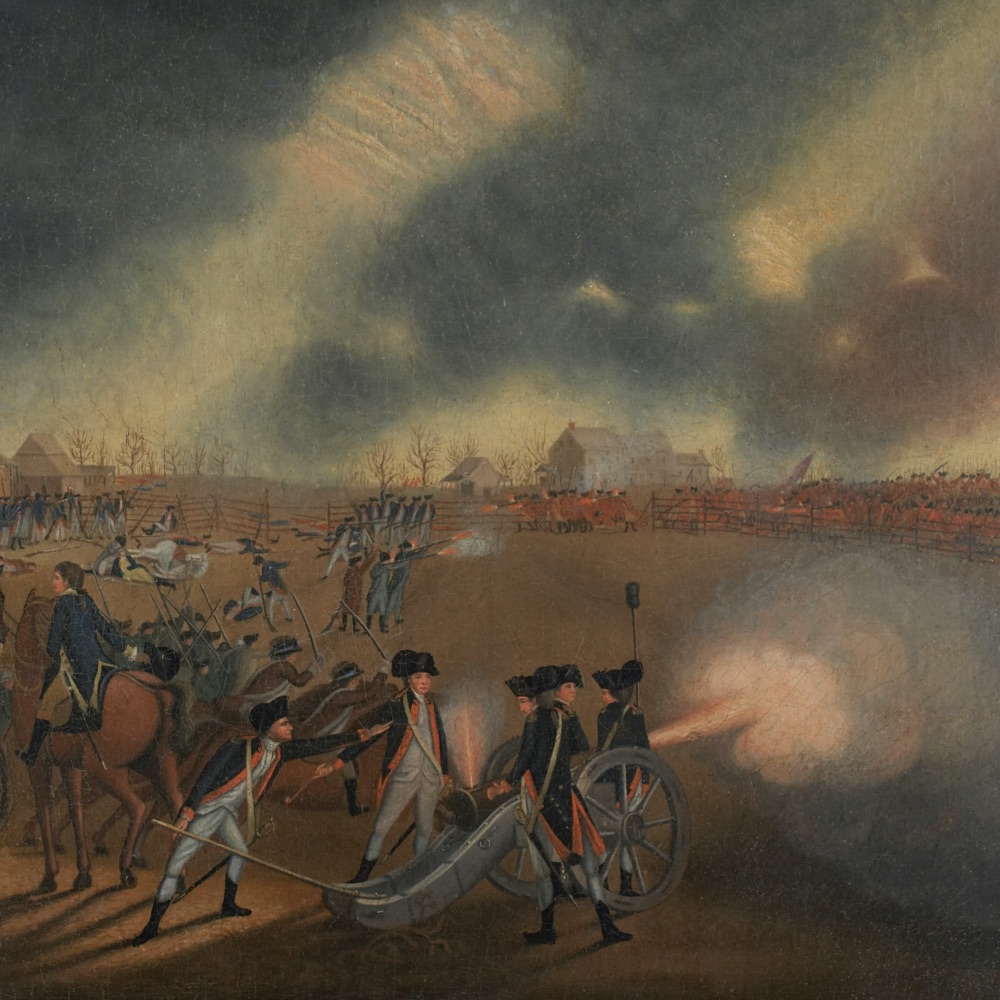
IMAGINING THE REVOLUTION
Teaching Students to Interpret the Visual Record
The aim of Imagining the Revolution lesson plans is to teach students how to interpret the visual tape of the American Revolution, which consists of visual arts—paintings, drawings, prints, and sculpture. Imagining the Revolution asks students to go beyond the obvious questions about the literal accurateness of images to explore the intent of the artists and the meaning they and their contemporaries attached to the people and events they depicted.
Imagining the Revolution
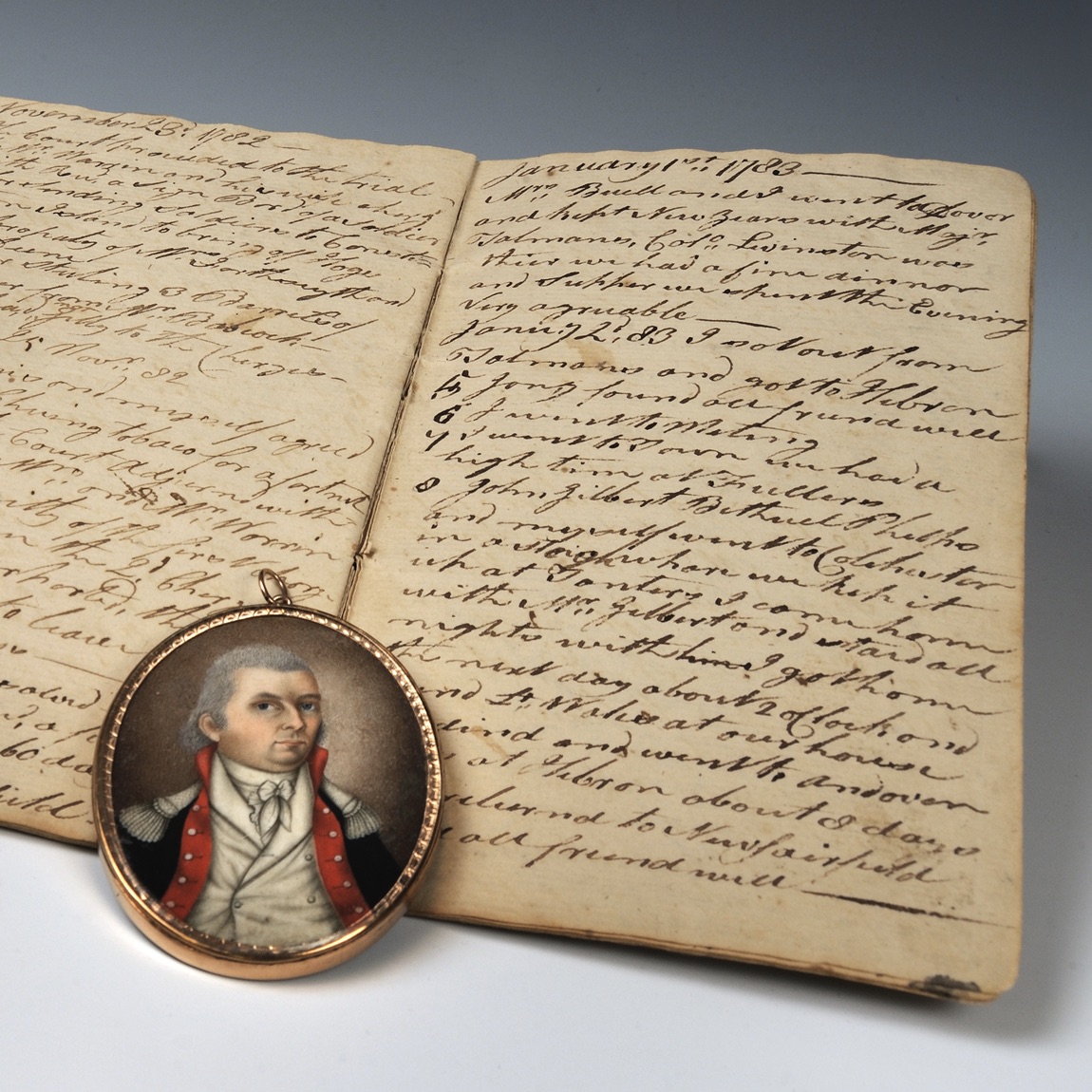
REVOLUTION ON PAPER
Instruction Students to Interpret Master Source Documents
The aim of Revolution on Paper lesson plans is to teach students how to interpret primary source documents, acquaint them with the nature of documentary bear witness, and to introduce them to some of the nigh important documents of the American Revolution. Some lessons accost great country papers, while other focus on private documents, including letters and diaries.
Revolution on Paper
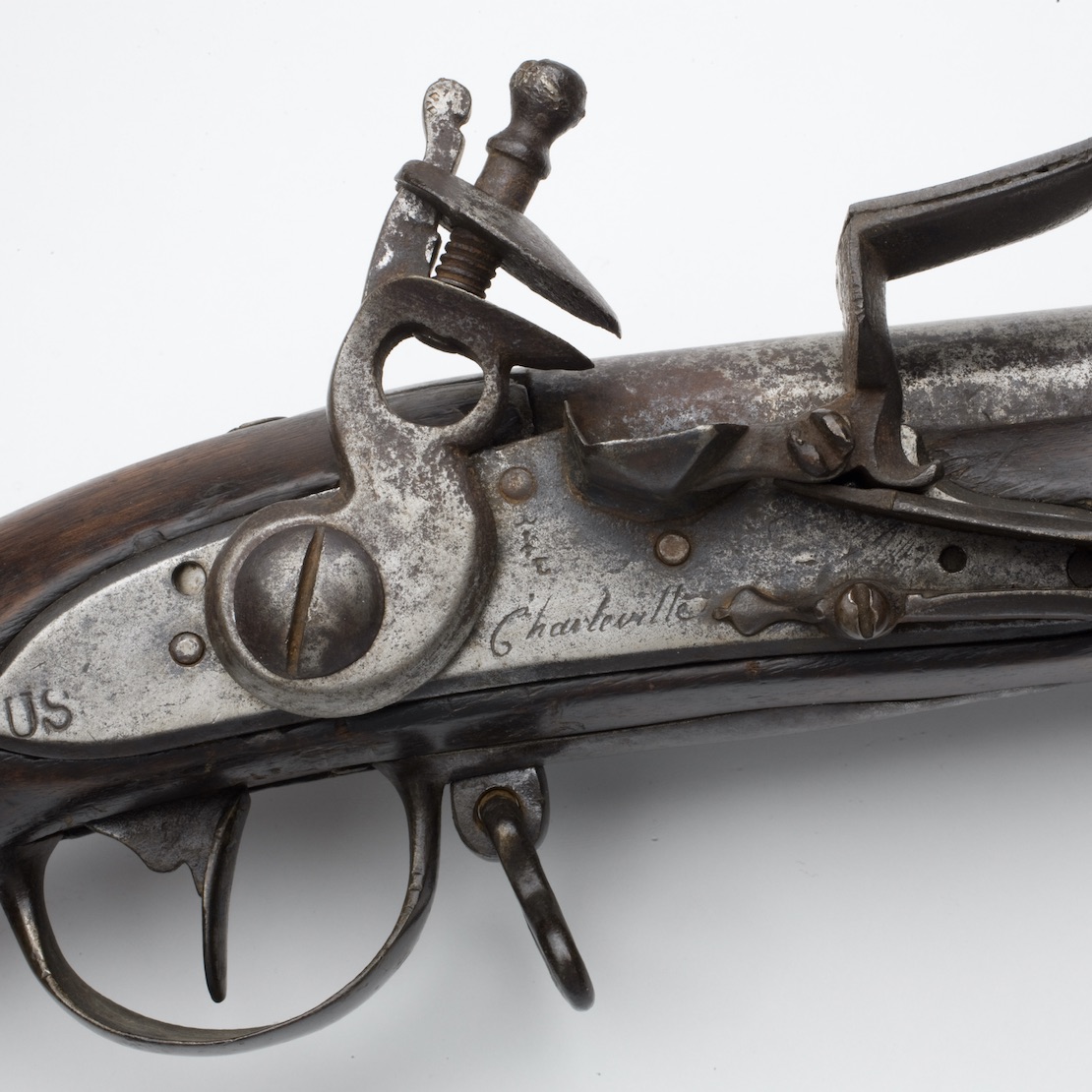
OBJECTS OF REVOLUTION
Teaching Students to Interpret Artifacts every bit Primary Sources
The aim of Objects of Revolution lesson plans is to teach students how to translate surviving artifacts of the Revolutionary era and relate them to the contexts in which they were made and used. The things people fabricated and used in the American Revolution complement the documentary and visual tape and offer insights about life in the Revolutionary era that cannot be found in other sources.
Objects of Revolution
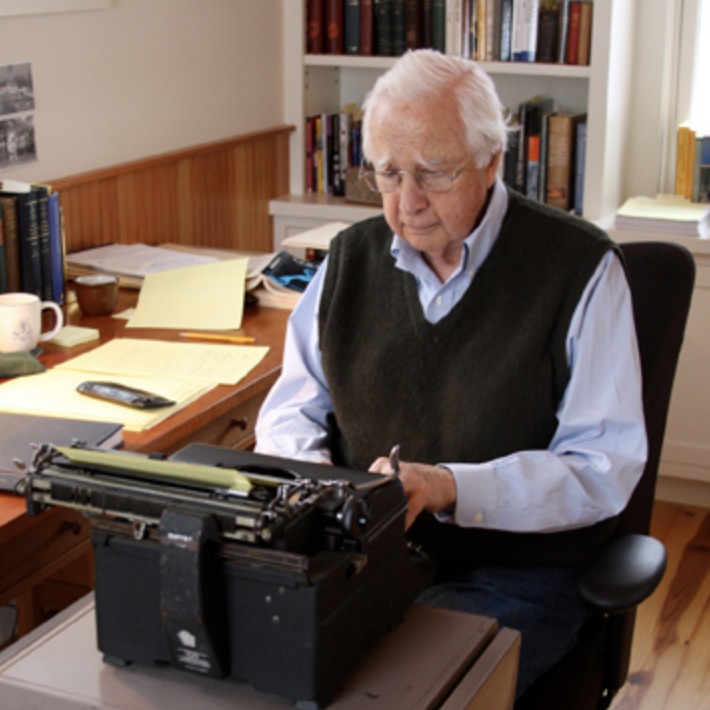
THE REVOLUTIONARY CONVERSATION
Teaching Students to Evaluate Historical Interpretations
The aim of The Revolutionary Conversation lesson plans is to innovate students to the fine art of historical interpretation through the use of short, carefully chosen selections by some of the finest historians of the American Revolution. As teachers we desire our students to retrieve critically nearly the past, and at that place is no better style to do that than to share examples of the finest thinkers on the American Revolution marshaling evidence to frame interpretations of the past.
The Revolutionary Conversation
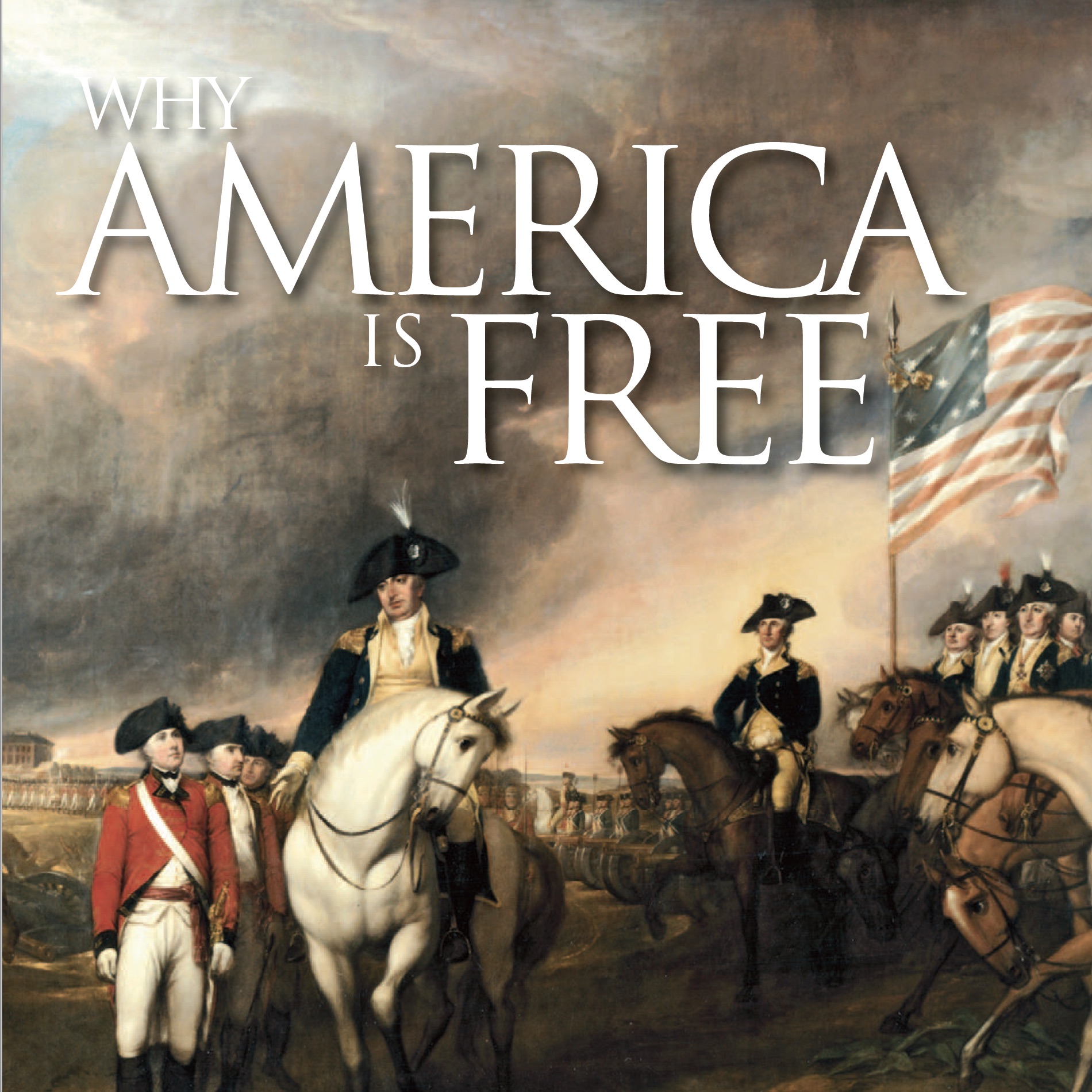
WHY AMERICA IS FREE
Teaching Students to Translate Events
The Why America is Costless lesson plans are companions to the Found book, Why America is Free. The lessons focus on detail episodes in the American Revolution to illustrate how those events chronicle to the development of freedom in the United States. The aim of the Why America is Complimentary lessons are to innovate students to using primary source bear witness to reconstruct historical events and then to identify those events in a broader narrative context.
Why America is Free
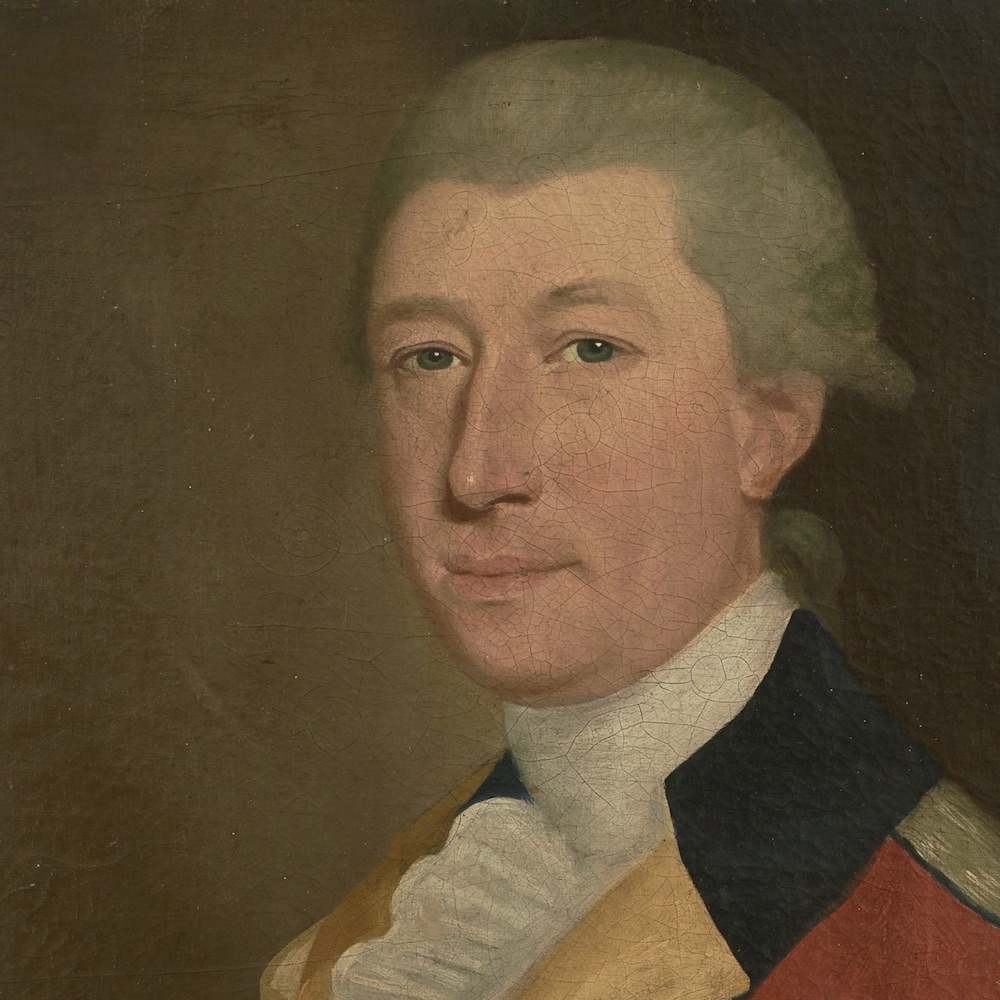
REVOLUTIONARY CHARACTERS
Instruction Students to Interpret the People who made the Revolution
The aim of Revolutionary Characters lesson plans is to teach students to frame valid historical questions almost the major individuals and groups involved in the American Revolution and to bear the basic research and interpretive analysis required to answer them. Revolutionary Characters challenges students to ask and respond questions about the ideas and motives of historical actors past using primary sources.
Revolutionary Characters

THE REVOLUTIONARY WORLD
Educational activity Students to Place American History in Global Contexts
The aim of The Revolutionary Earth lesson plans is to acquaint students with the international and global dimension of the American Revolution, which was tied to the maritime trade, the rise of consumerism in western Europe, the competition betwixt European powers, questions nearly slavery and freedom, resistance to imperial regulation in the Americas, and other patterns and trends that tin can merely exist understood from the perspective of world history.
The Revolutionary World
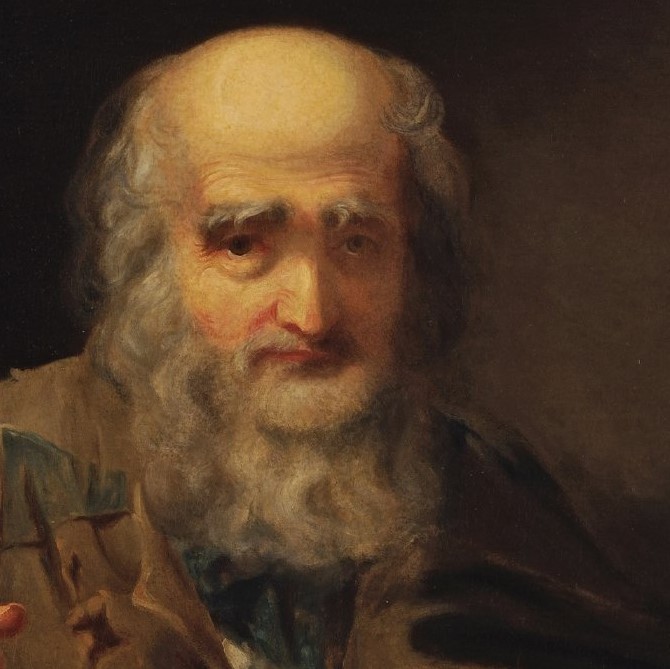
LEGACIES OF THE REVOLUTION
Instruction Students about the Enduring Consequences of the Revolution
The aim of the Legacies of the Revolution lesson plans is to acquaint students with the consequences of the American Revolution over more than two hundred and 30 years, including the enduring influence of the Proclamation of Independence and the human relationship between the American Revolution and abolition, the shaping of the women's right's motility and the ceremonious rights move of the 1950s and 60s, and less obvious ways in which the Revolution has shaped American life, similar the ways in which we honor veterans and relations between Indians and other Americans.
Legacies of the Revolution
Source: https://www.americanrevolutioninstitute.org/lesson-plans/
Post a Comment for "American Institute for Research Grade 4 English Language Arts"